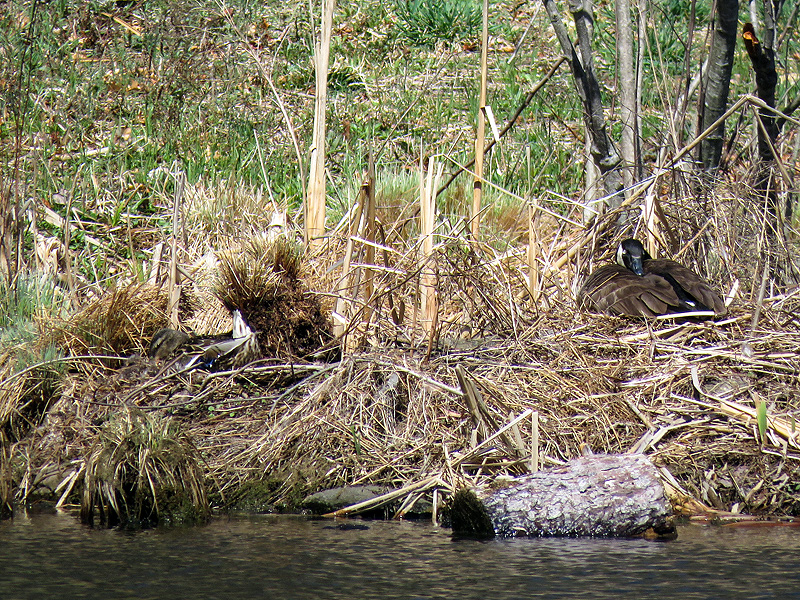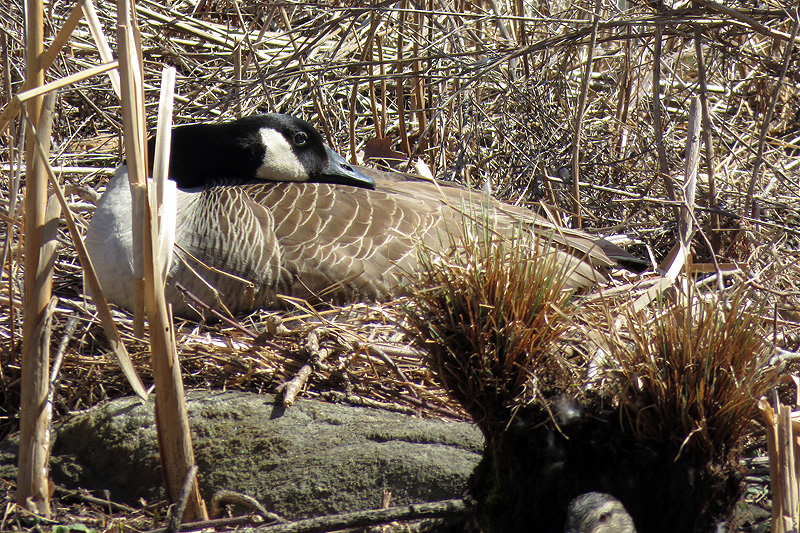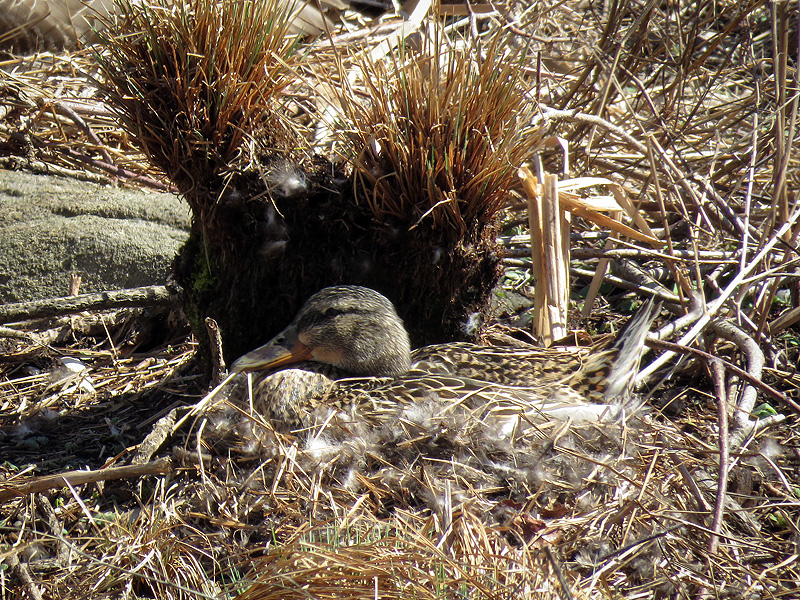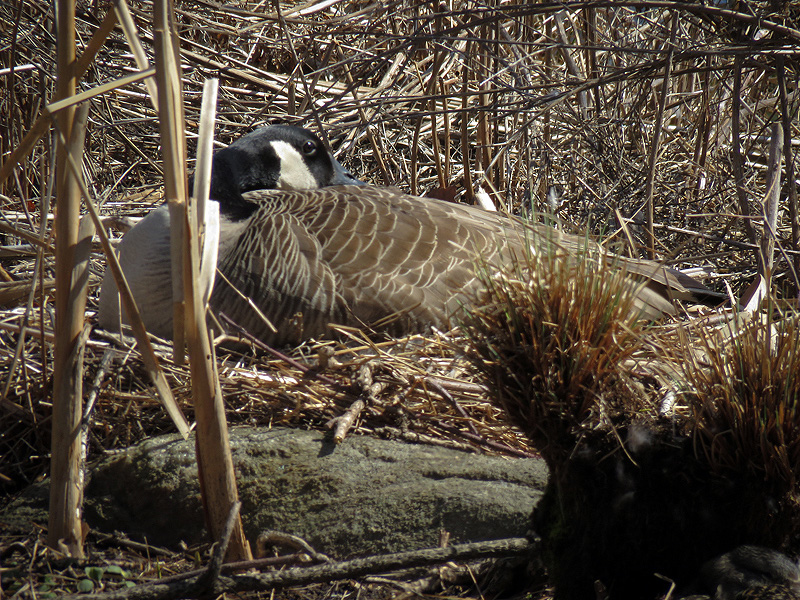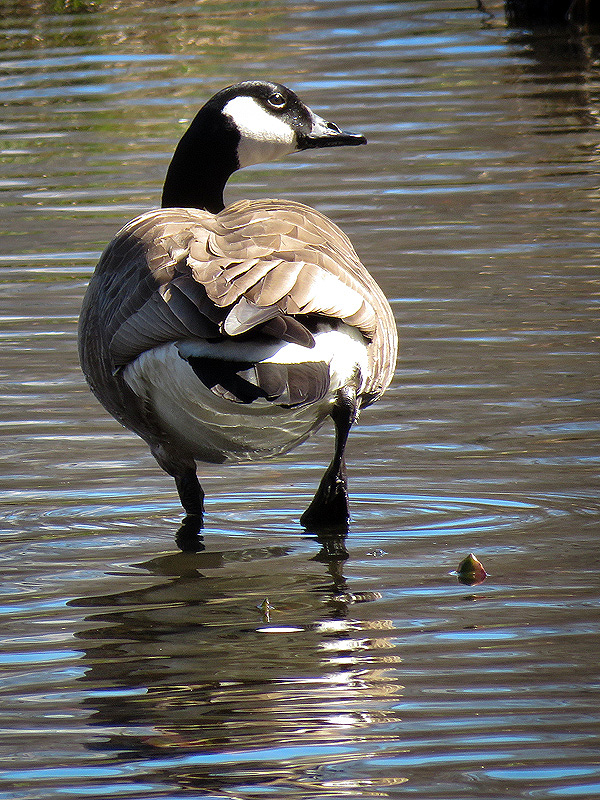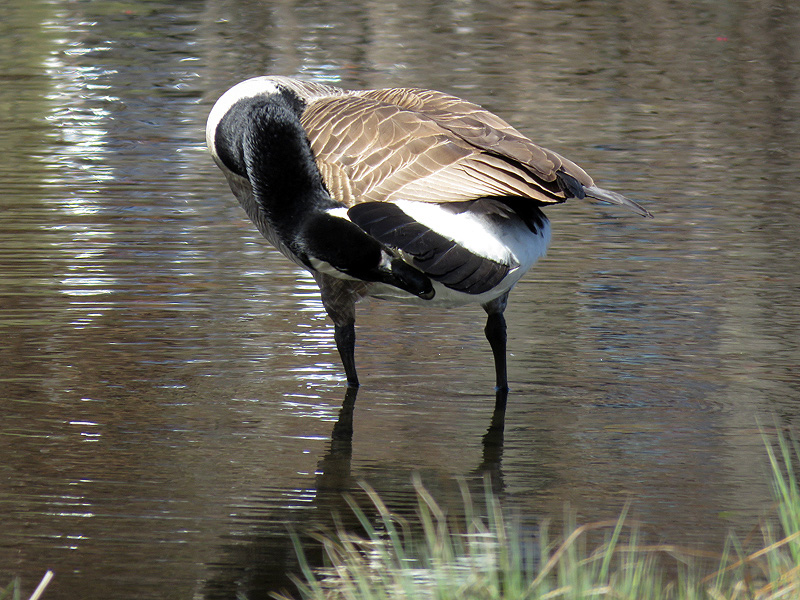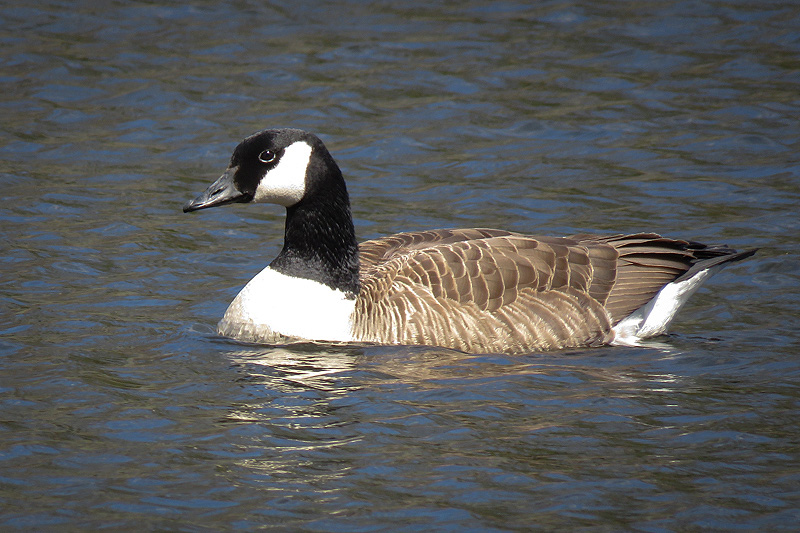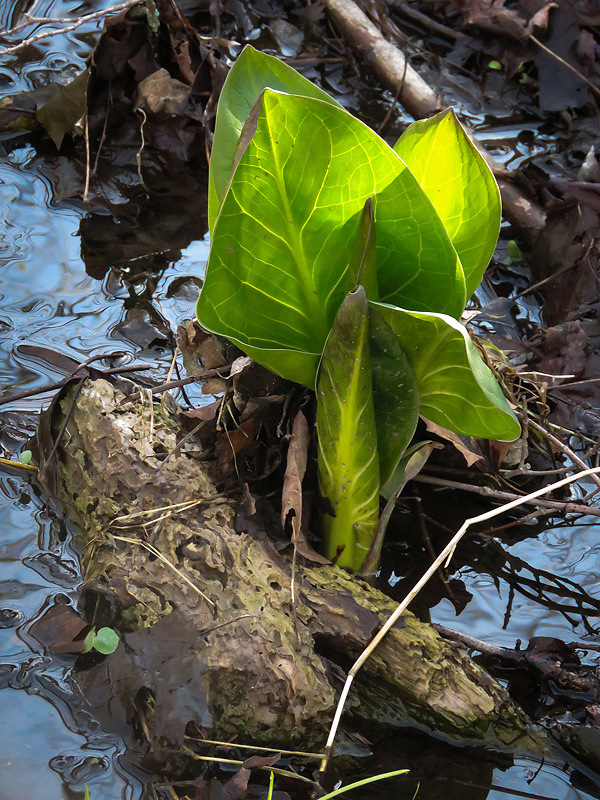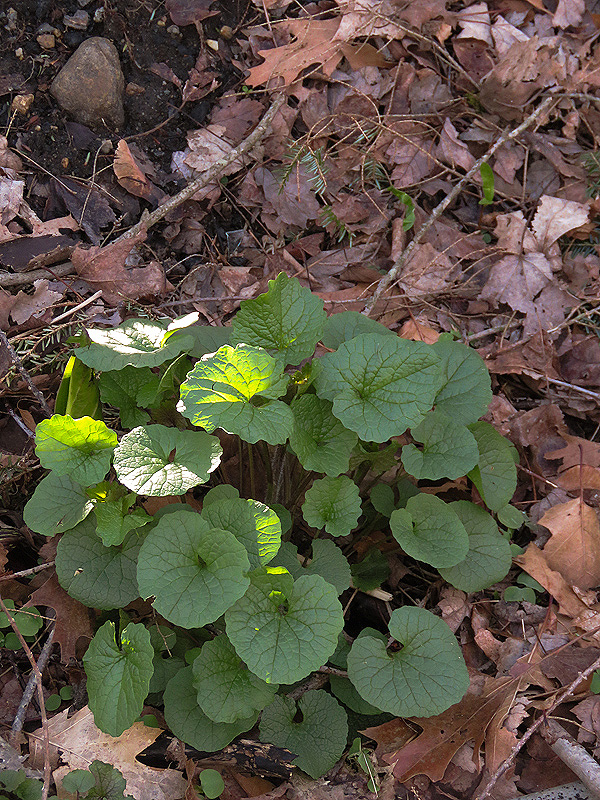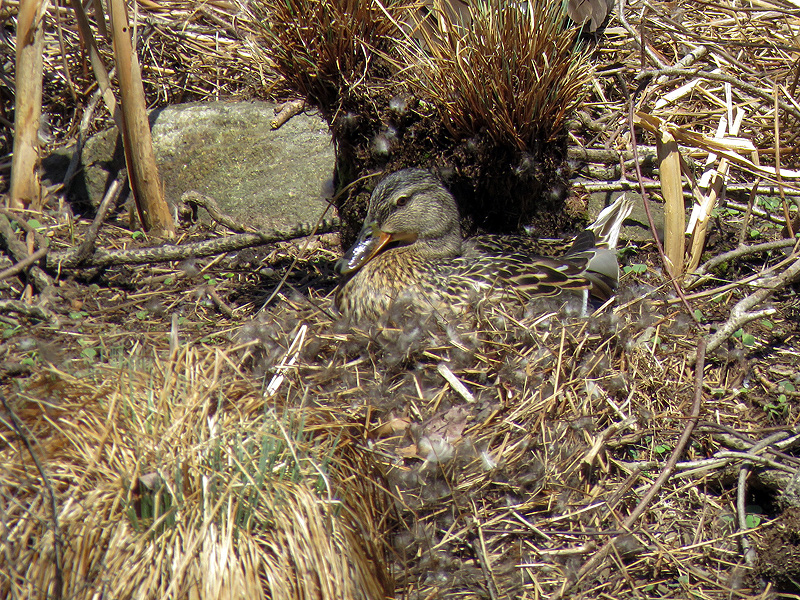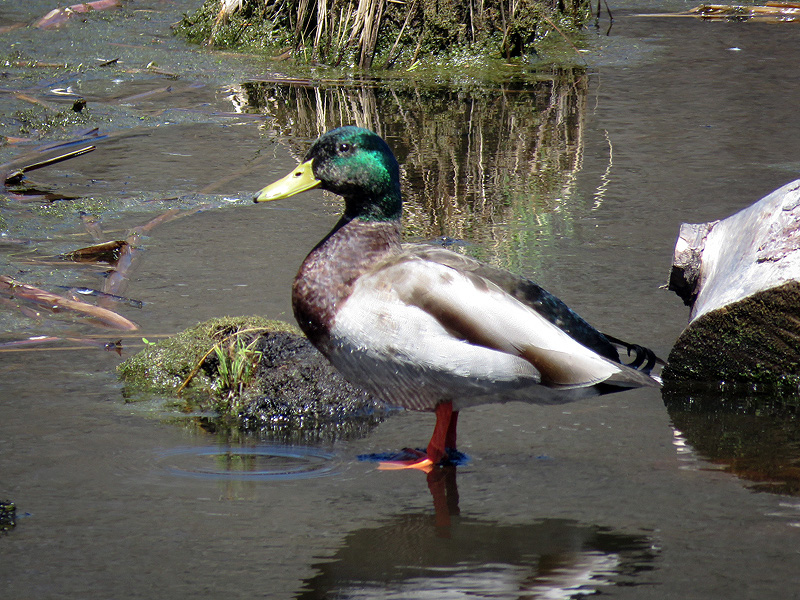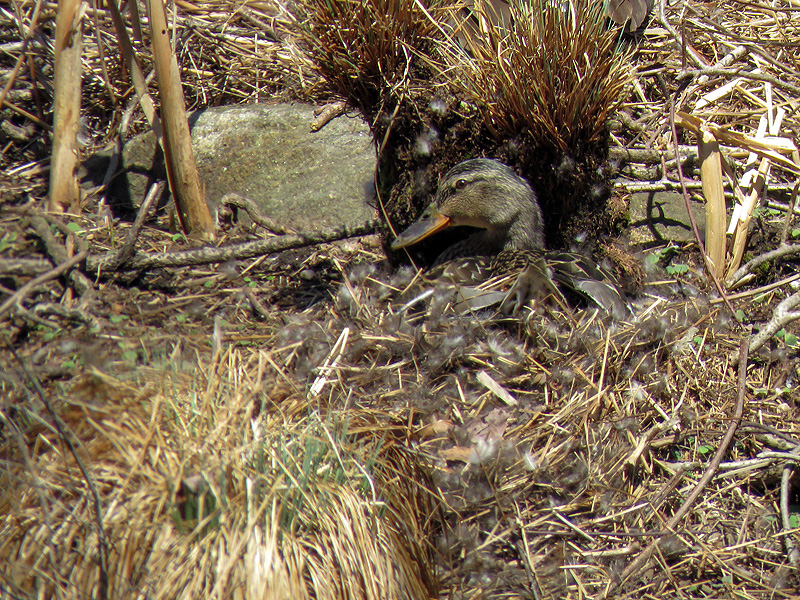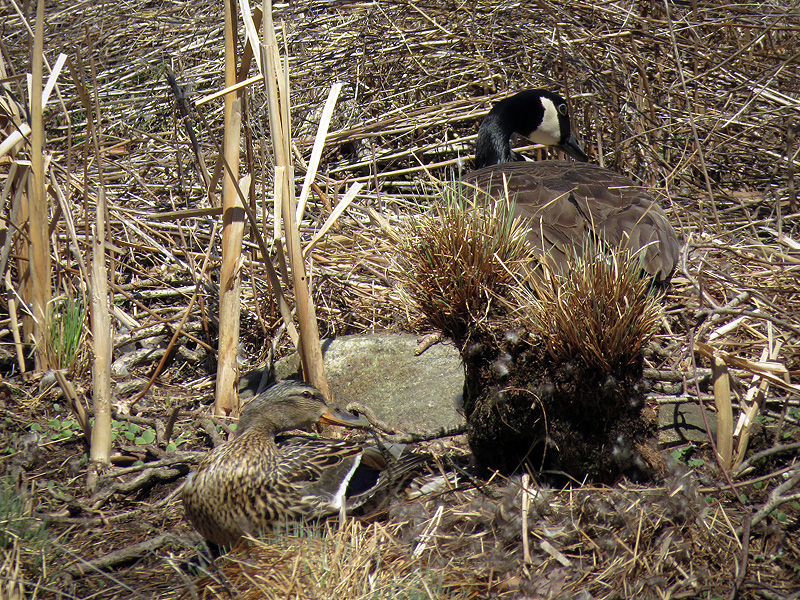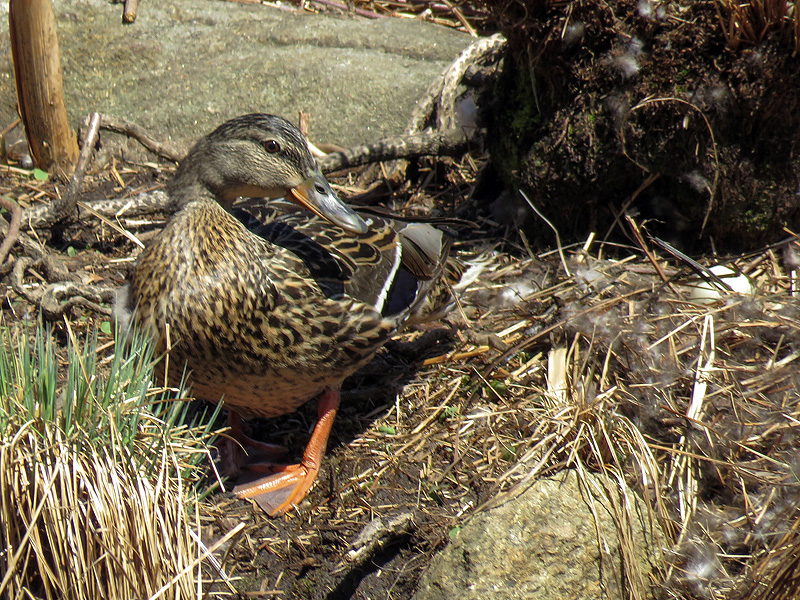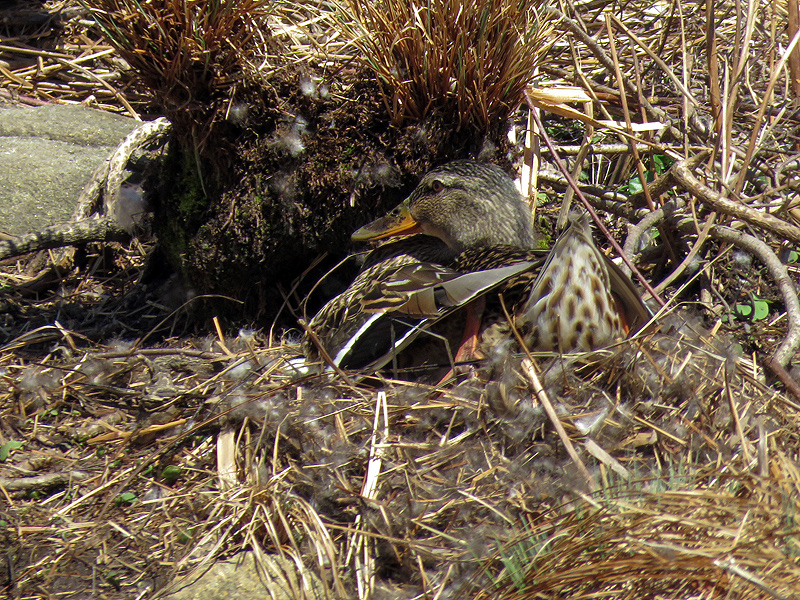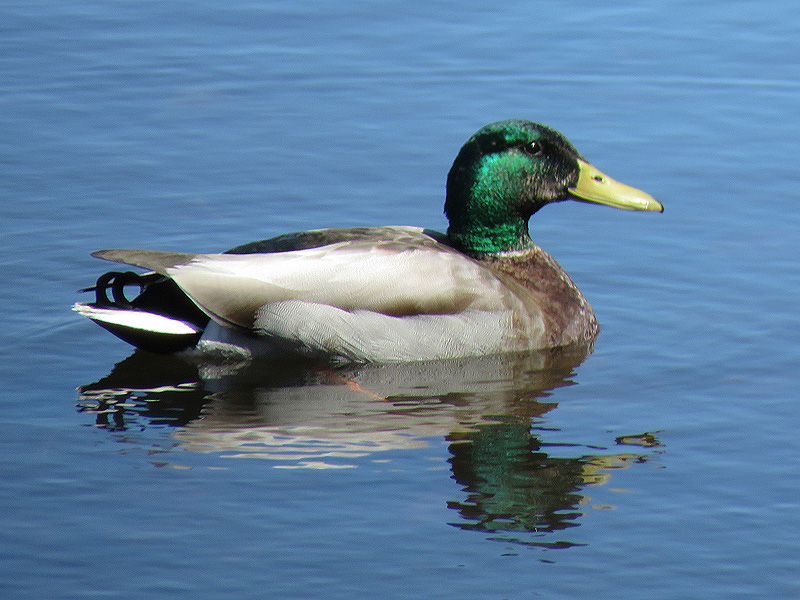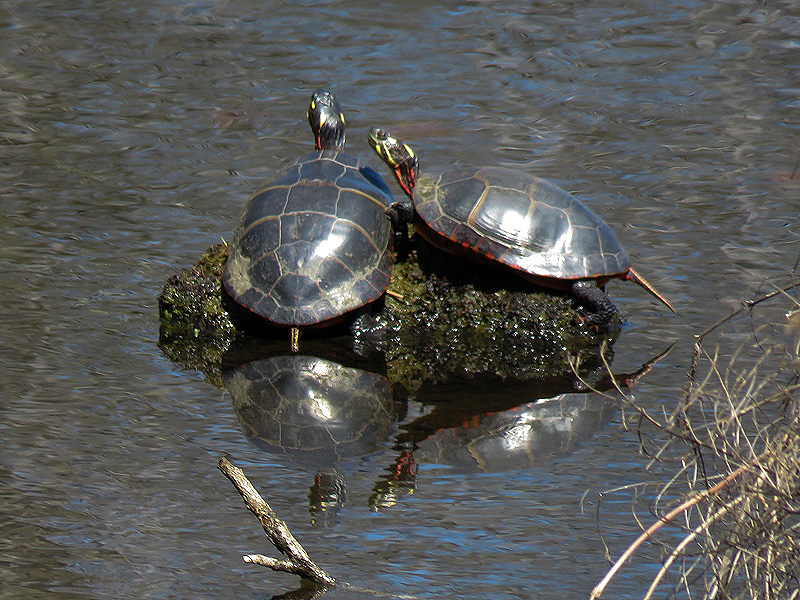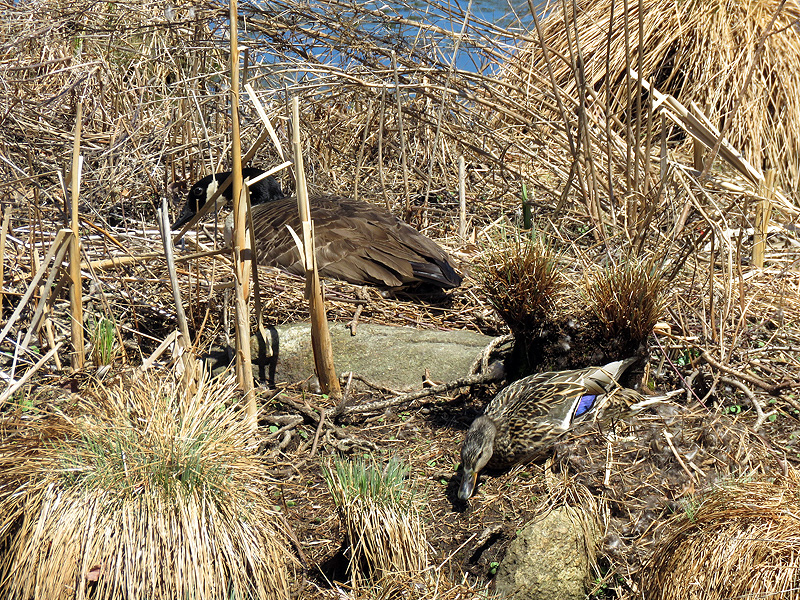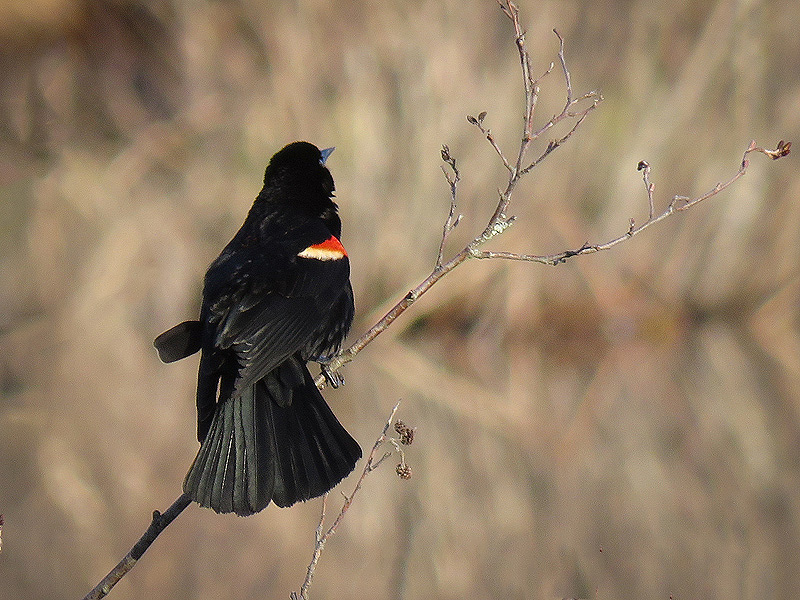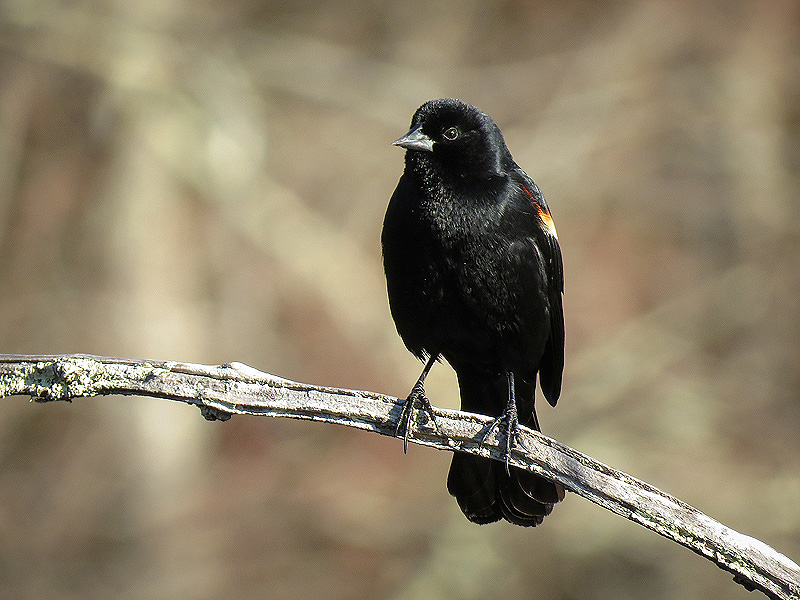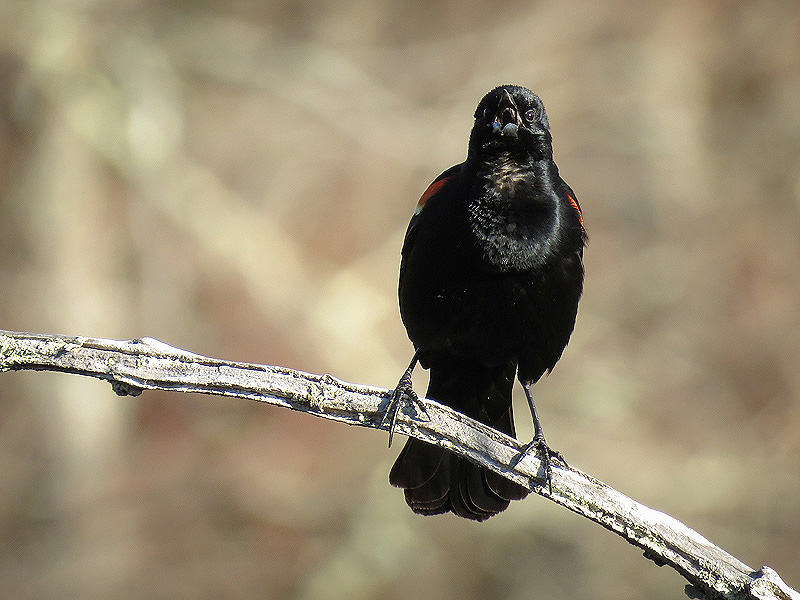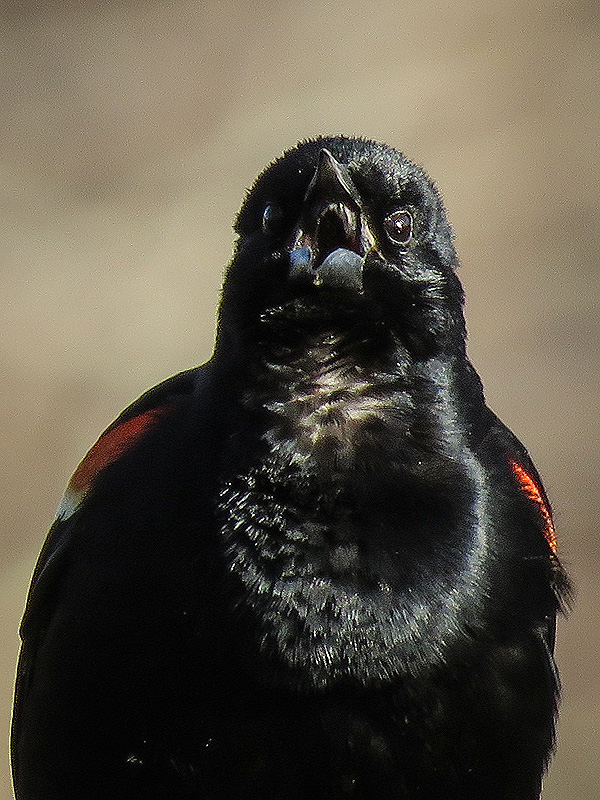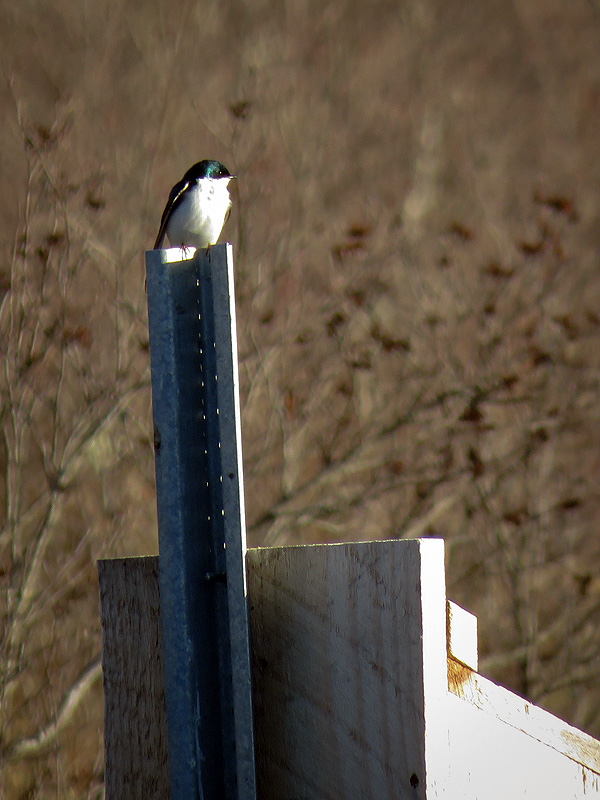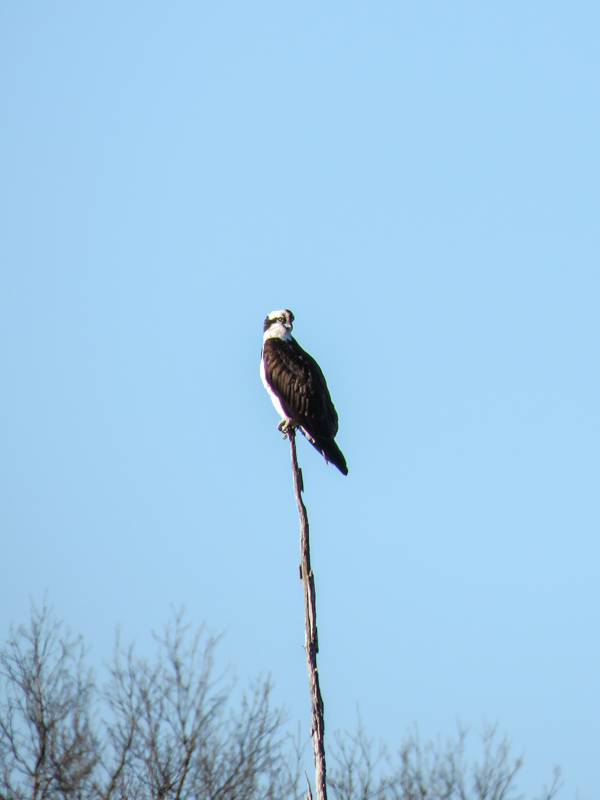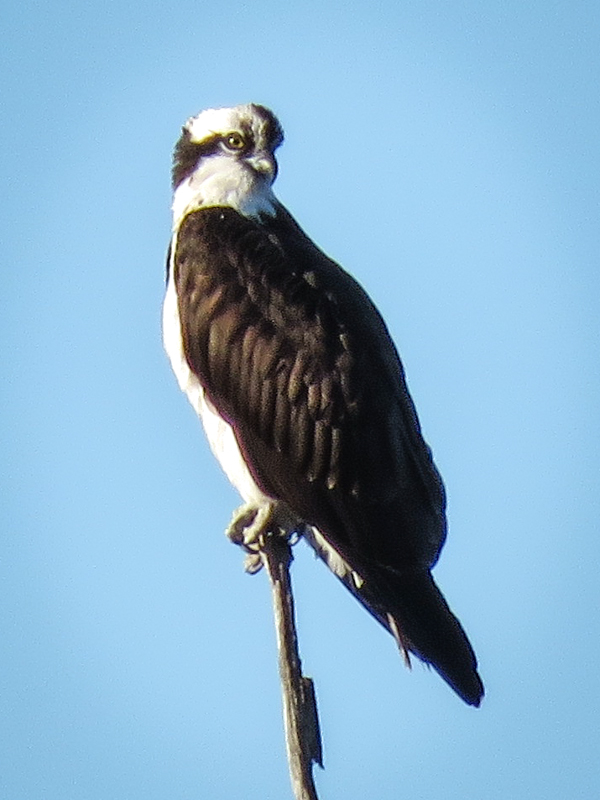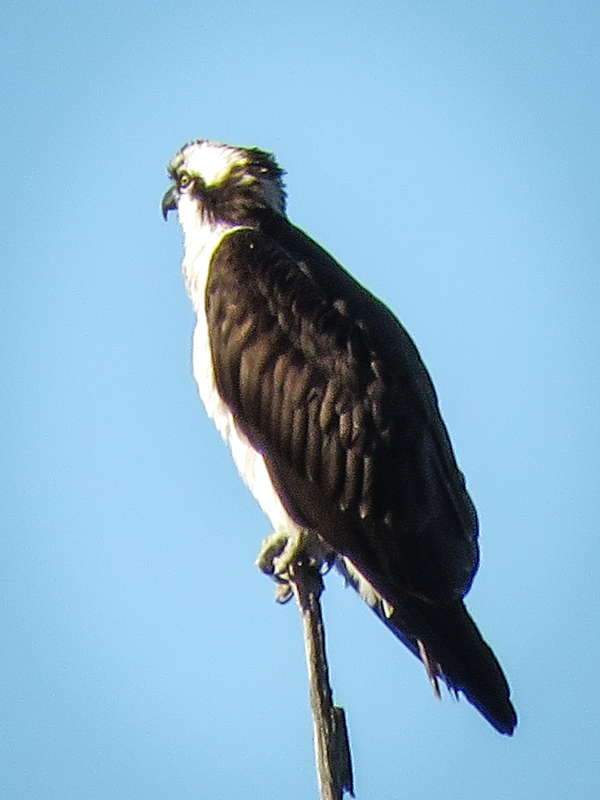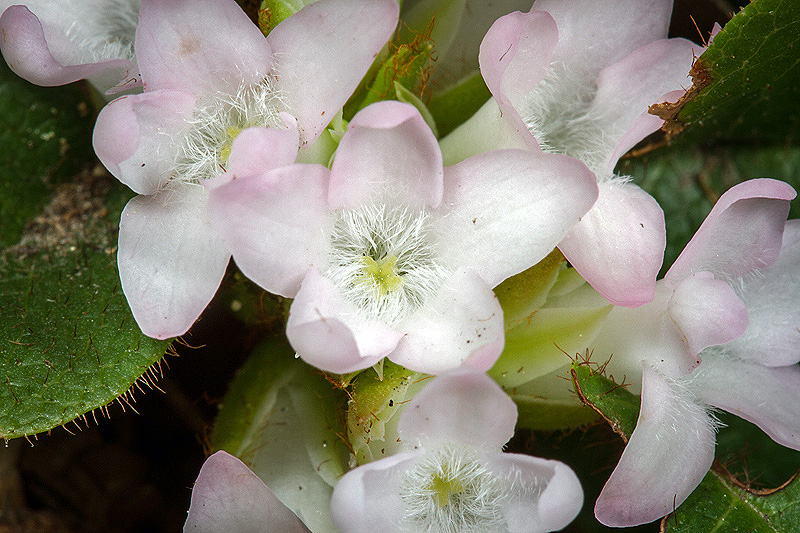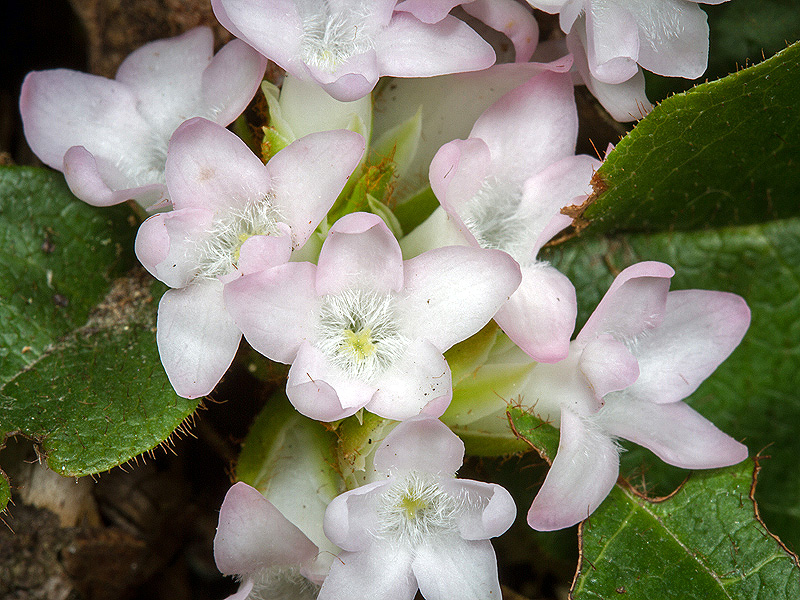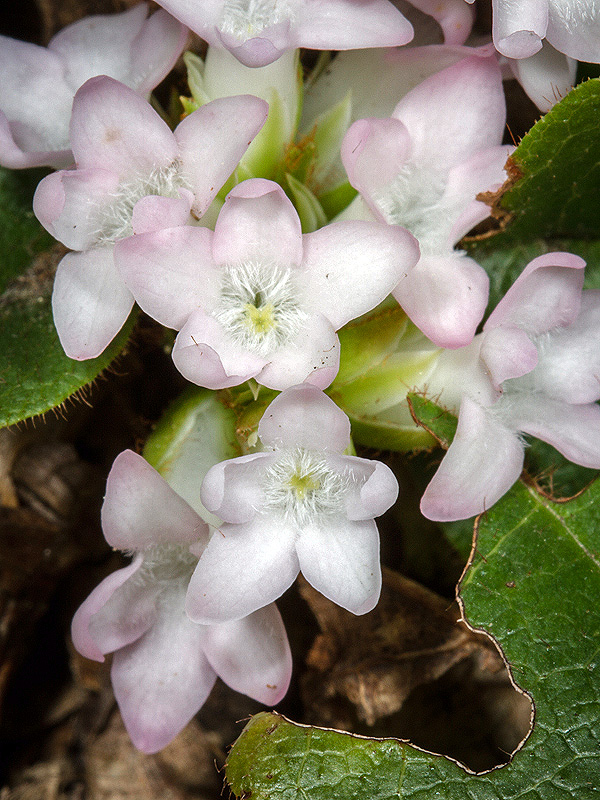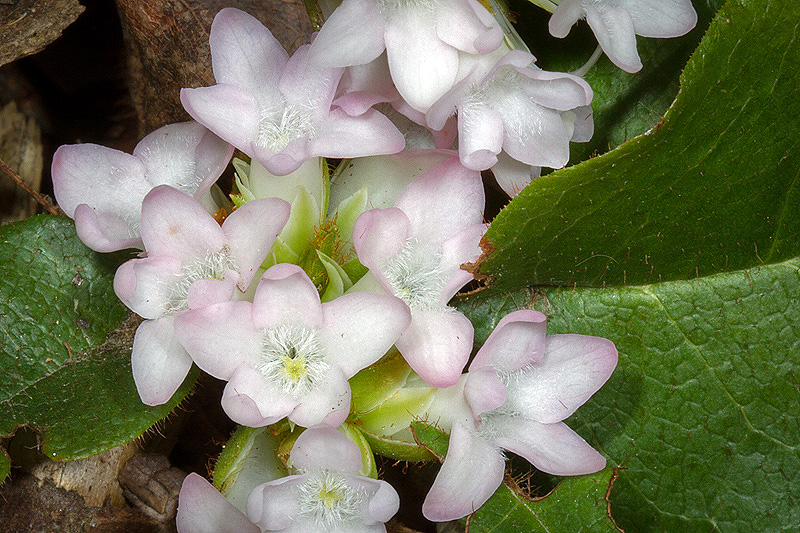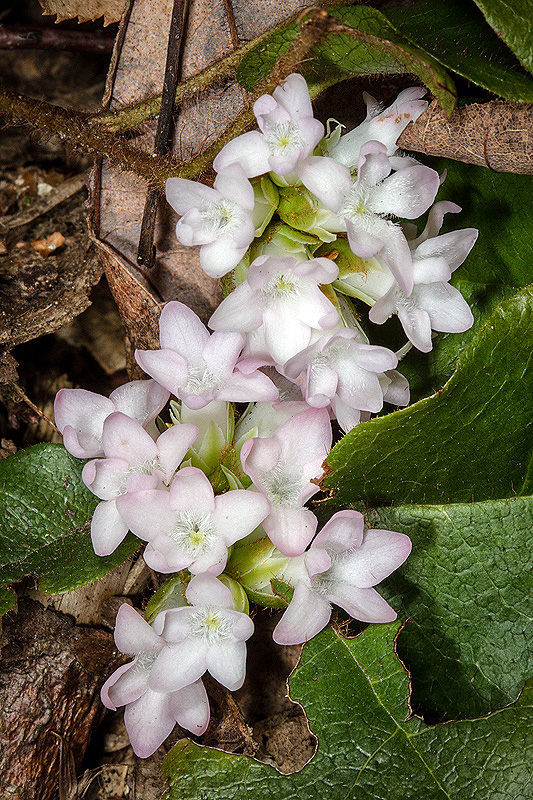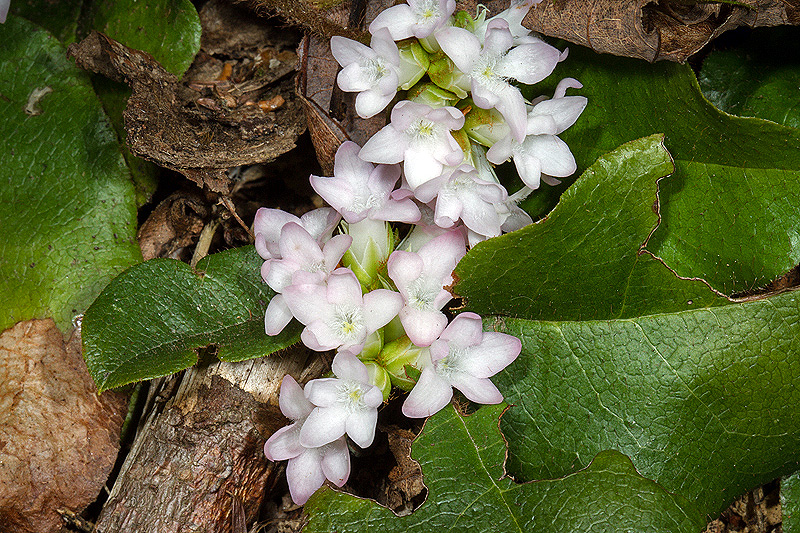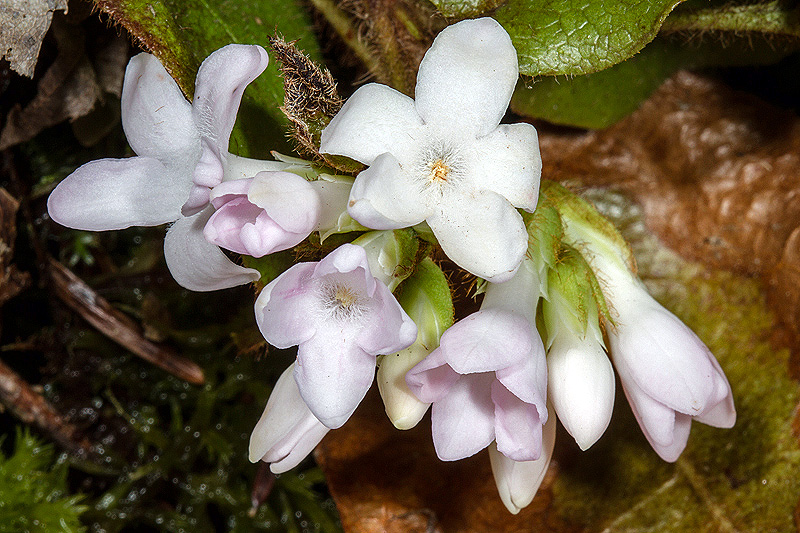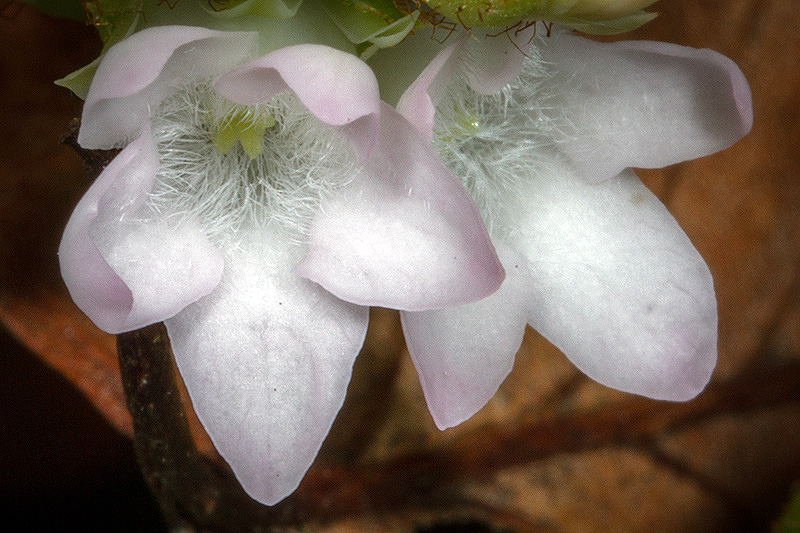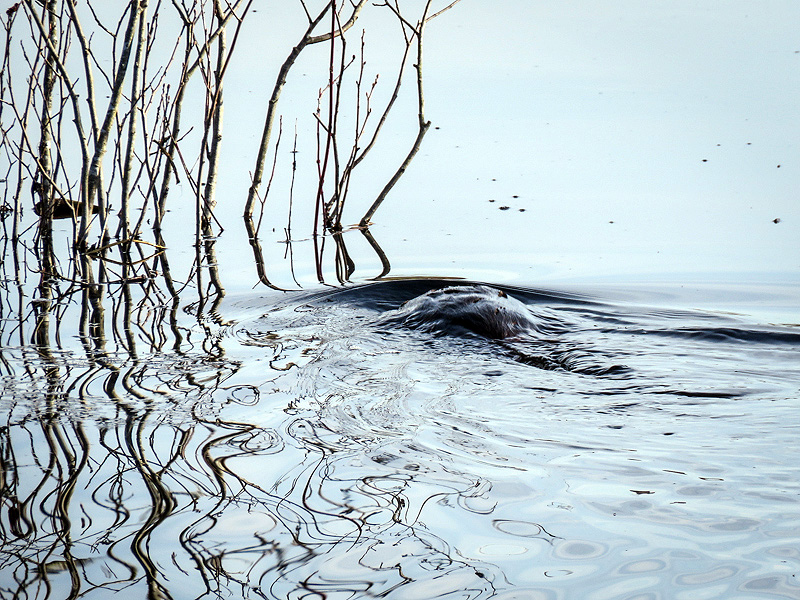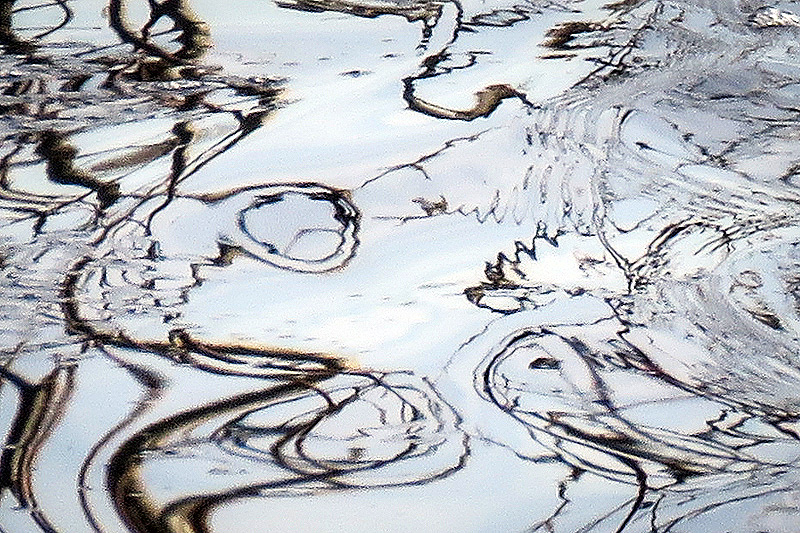Along the Air Line... 2018 - Spring, Part 4 The Air Line Trail in Eastern Connecticut - Stan Malcolm Photos |
mHome Page Stan's FlickR Albums |
April 20th. A midday stop at Cranberry Bog to check on the Canada Goose (Branta canadensis) nest. I was surprised to notice a Mallard nesting about three feet away (at the left in this photo.) |
From a different angle and close up, note the Mallard head at the lower right. |
Here she is! |
|
|
The male Canada Goose is around, but comes and goes from the nest area. |
|
\
Awkward. |
|
The male Goose did head back towards the nest when this Great Blue Heron (Ardea herodius) got close. |
April 21st. Spicebush (Lindera benzoin) has just started to bloom. |
Skunk Cabbage (Symplocarpus foetidus) is leafing out... |
...as is the superficially similar but unrelated False Hellibore (Veratrum viride). Note the pleated leaves. |
The invasive Garlic Mustard (Alliaria petiolata). |
One of a pair of Canada Geese (Branta canadensis) resident at Raymond Brook Marsh. |
A brief afternoon stop at Cranberry Bog. The female Mallard (Anas platyrhynchos) tidying up the nest, pulling stray down and grass back in. |
The male looking on nearby. |
|
See how close the goose and duck nests are? The Mallard off the nest, flicking wayward nest stuffing back in. |
See the egg towards the right? |
Settling back in on the eggs. |
|
|
"Dad", off for a paddle. |
Painted Turtles (Chrysemys picta) nearby. |
"Mom", off to do more nest maintenance. |
April 22nd. Red-winged Blackbird males at Raymond Brook Marsh. |
|
|
|
A Tree Swallow (Tachycineta bicolor) atop a Wood Duck nest box. |
Male Mallards (Anas platyrhynchos), hanging out. |
April 23rd. An Osprey (Pandion haliaetus) far across the marsh. It soon flew off to the east. |
Closely cropped, you can see some color "fringing", for example, the yellow above the eye. This is a limit of the camera's optics. |
Digital noise (speckling) obvious in the brown feathers. Still, not too shabby for an extreme crop of a small sensor photo taken at 1365mm equivalent telephoto. |
Later in the morning, a walk west from the Brownstone Bridge on River Road to see Trailing Arbutus (Epigaea repens) in bloom. |
|
|
|
It's pollinated by Bee Flies (Family Bombyliidae). |
This looks like the Greater Bee Fly (Bombylius major). |
Back to the flowers, which are very fragrant. |
|
|
The leaves are evergreen and take a beating over the winter. |
|
|
|
|
April 24th. Beaver (Castor canadensis) submerging before entering its lodge. |
Anyone see the upside down caterpillar front end at the upper right among these rippled twigs? (Hint: just above the bunny head.) |
Does this help? |
April 26th. First Red Trillium (Trillium erectum) I've seen in bud this year. Remarkable that this plant has survived over the many years I've photographed it. It grows beside a tree adjacent to the trail that is a prime location for dogs to scent mark. |
